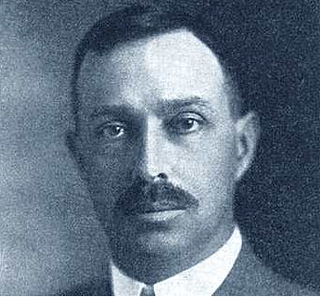
The Maidu are a Native American people of northern California. They reside in the central Sierra Nevada, in the watershed area of the Feather and American rivers. They also reside in Humbug Valley. In Maiduan languages, Maidu means "man."

Coyote is a mythological character common to many cultures of the indigenous peoples of North America, based on the coyote animal. This character is usually male and is generally anthropomorphic, although he may have some coyote-like physical features such as fur, pointed ears, yellow eyes, a tail and claws. The myths and legends which include Coyote vary widely from culture to culture.

The Nisenan are a group of Native Americans and an Indigenous people of California from the Yuba River and American River watersheds in Northern California and the California Central Valley. The Nisenan people come from a larger group of Native Americans known as the Maidu. More specifically, the Nisenan people are part of the Southern Maidu. The Maidu were split up into three regions. The Northeast, the Northwest, and the South. They have been delineated by their geographical approximation and so in many texts are further subcategorized as Valley Nisenan, Hill Nisenan, and Mountain Nisenan.
The traditional narratives of Native California are the folklore and mythology of the native people of California. For many historic nations of California, there is only a fragmentary record of their traditions. Spanish missions in California from the 18th century Christianized many of these traditions, and the remaining groups were mostly assimilated to US culture by the early 20th century. While there are sparse records from the 18th century, most material was collected during the 19th and the early 20th centuries.
Achomawi traditional narratives include myths, legends, tales, and oral histories preserved by the Achomawi people of the Pit River basin of Northeastern California.
Cahuilla traditional narratives include myths, legends, tales, and oral histories preserved by the Cahuilla people of the Colorado Desert and Peninsular Ranges of southern California.
Chimariko traditional narratives include myths, legends, tales, and oral histories preserved by the Chimariko people who lived on the Trinity River of northwestern California.
Plains Miwok and Sierra Miwok traditional narratives include myths, legends, tales, and oral histories preserved by the Miwok people of the central California, specifically those of Sacramento Valley and Sierra Mountains. These Miwoks are the linguistically related speakers of the Plains and Sierra Miwok languages and their descendants. At the time of European entry, local groups that spoke these languages participated in the general cultural pattern of central California.
Hupa traditional narratives include myths, legends, tales, and oral histories preserved by the Hupa, Chilula, and Whilkut people of the Trinity River basin and vicinity of northwestern California. The Hupa people of modern times number in the several thousands and live in the Hoopa Valley located in Humboldt County, California.
Karuk traditional narratives include myths, legends, tales, and oral histories preserved by the Karuk (Karok) people of the Klamath River basin of northwestern California.
Mono traditional narratives include myths, legends, tales, and oral histories preserved by the Mono people, including the Owens Valley Paiute east of the Sierra Nevada and the Monache on that range's western slope, in present-day eastern California.
Patwin traditional narratives include myths, legends, tales, and oral histories preserved by the Patwin peoples of the Wintun people of the southwestern Sacramento Valley in northern California.
Pomo traditional narratives include myths, legends, tales, and oral histories preserved by the Pomo people of the North Coast region of northwestern California.
Shasta traditional narratives include myths, legends, tales, and oral histories preserved by the Shasta people of northern California and southern Oregon.
Wintu-Nomlaki traditional narratives include myths, legends, tales, and oral histories preserved by the Wintu and Nomlaki people of the western Sacramento Valley in northern California.
Wiyot traditional narratives include myths, legends, tales, and oral histories preserved by the Wiyot people of the Humboldt Bay area of northwestern California.
Yokuts traditional narratives include myths, legends, tales, and oral histories preserved by the Yokuts people of the San Joaquin Valley and southern Sierra Nevada foothills of central California.
Yuki traditional narratives include myths, legends, tales, and oral histories preserved by the Yuki people of the upper Eel River area of northwestern California.
Yurok traditional narratives include myths, legends, tales, and oral histories preserved by the Yurok people of the lower Klamath River in northwestern California.

Roland Burrage Dixon was an American anthropologist.